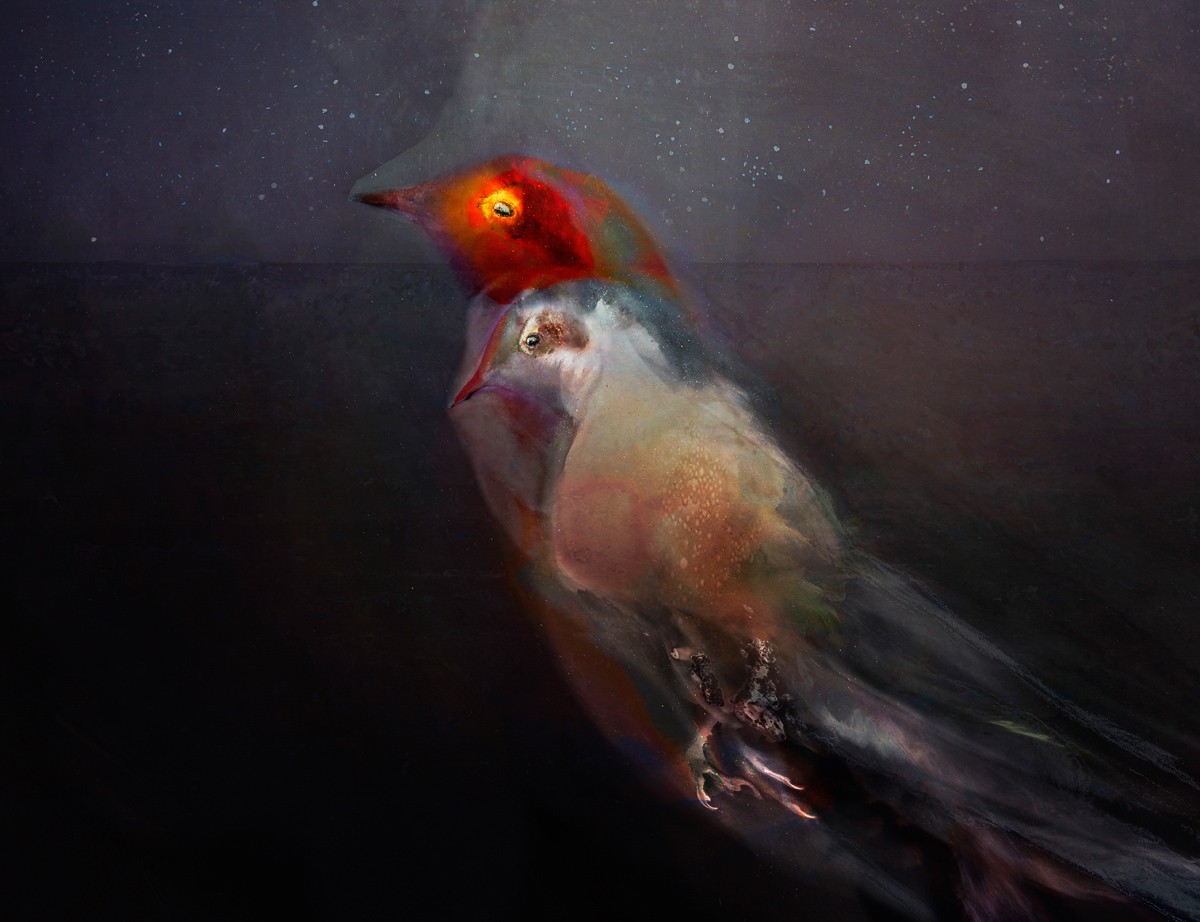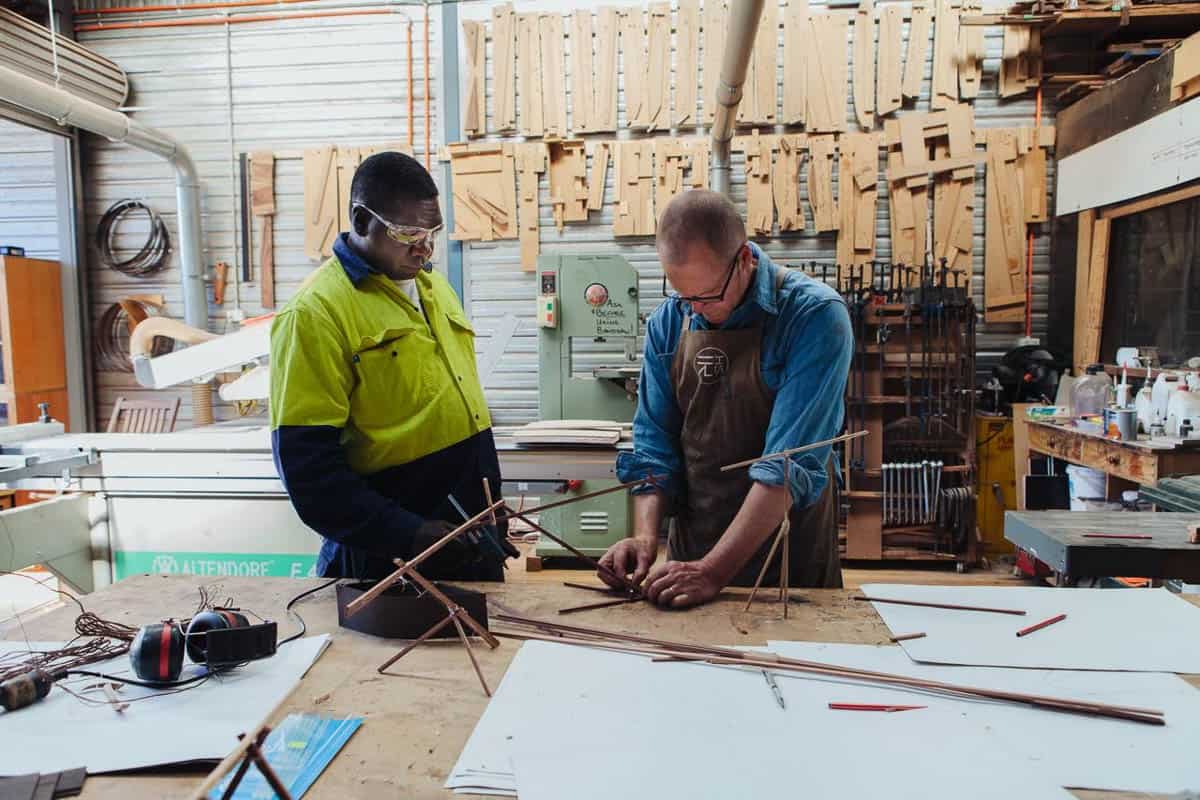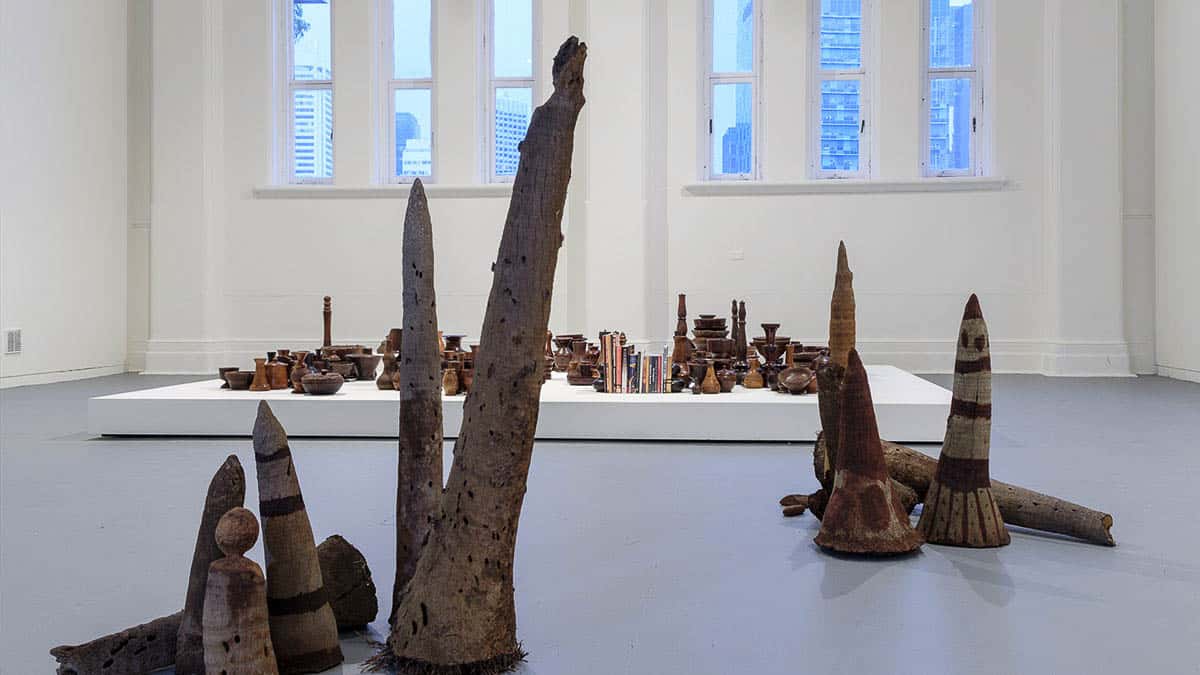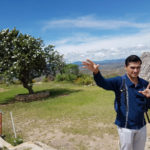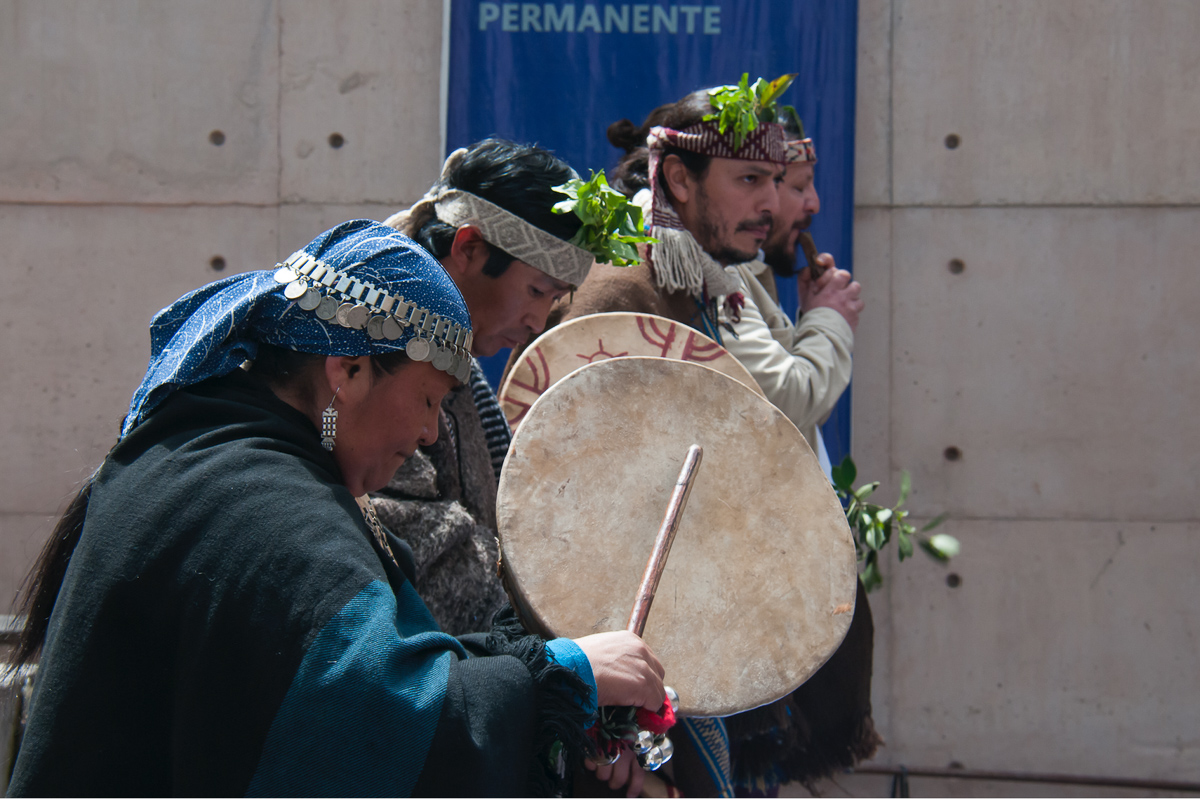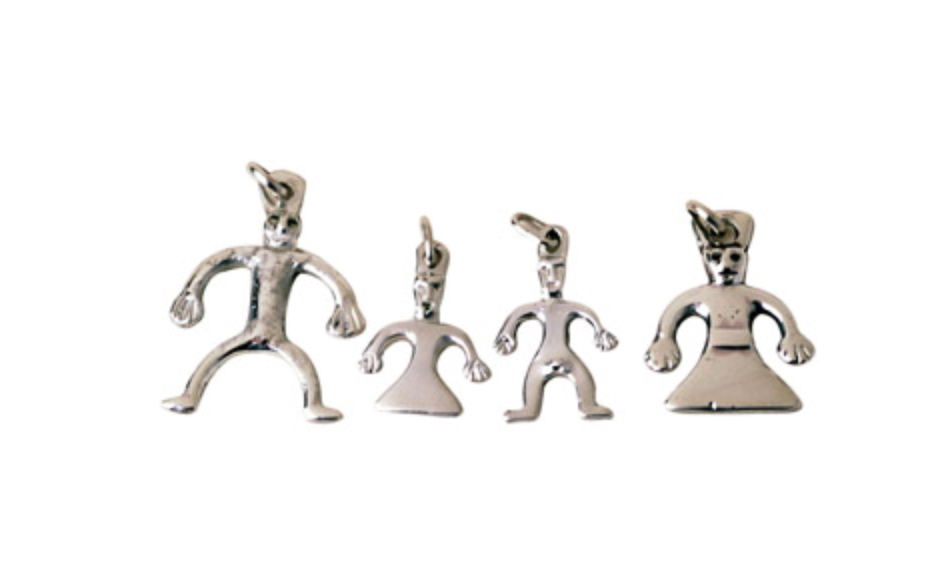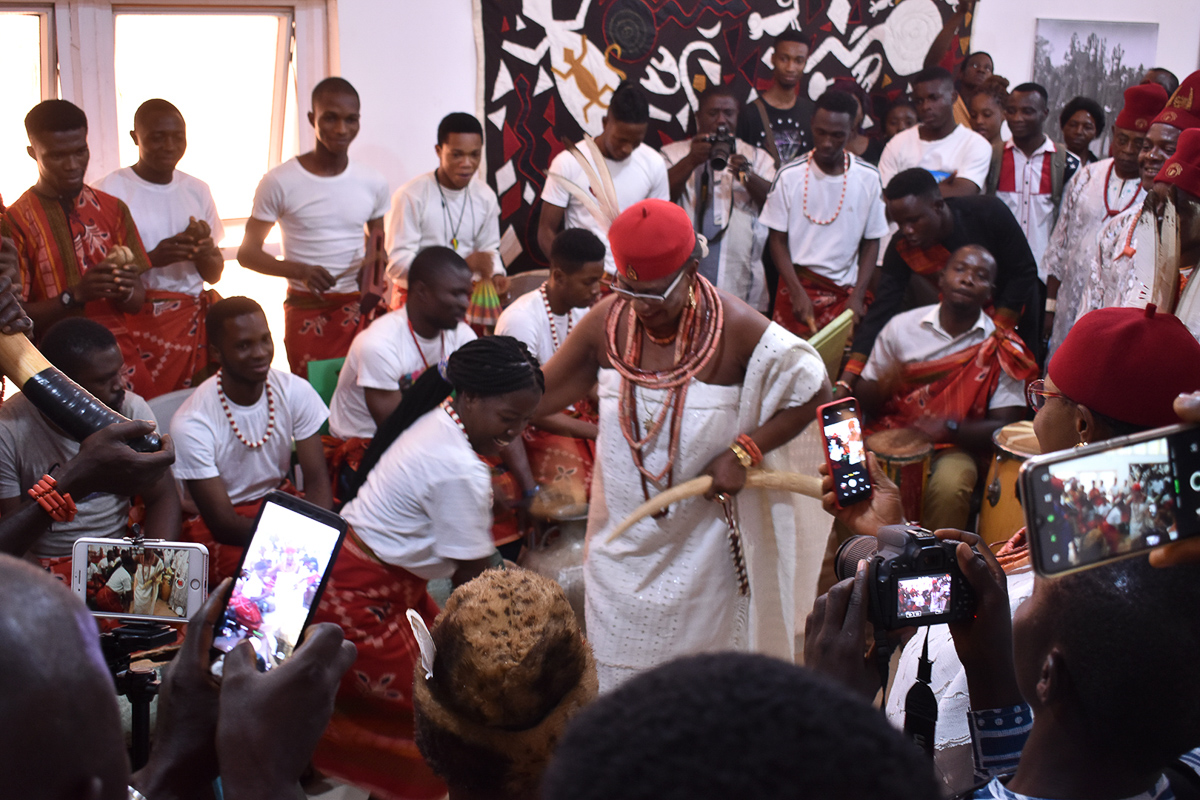G27 – Estuary: Where fresh and salt waters meet
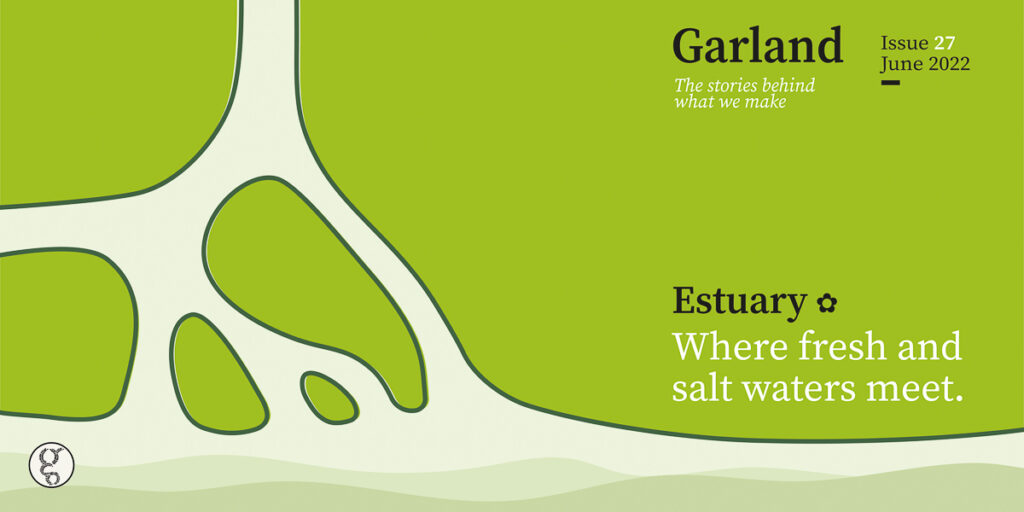
✿
“Ganma is the name of a lagoon where salt and fresh water meet. Water is a symbol of knowledge in Yolŋu philosophy, and the metaphor of the meeting of two bodies of water is a way of talking about the knowledge systems of two cultures working together.”
Dr Raymattja Marika (1959-2008)
✿
This issue considers the relationship between first and subsequent peoples. “First peoples” includes those Indigenous peoples who inhabited the land prior to European colonisation. “Subsequent peoples” includes traders, invaders, settlers, migrants, tourists and guests who entered the land of First peoples, usually without permission. This division is open to critique.
The relationship between First and Subsequent peoples has been primarily one of colonisation, which involves the invasion of other people’s lands justified by a belief in cultural and racial superiority.
With time, the logic of colonisation begins to unravel. Indigenous cultures do not disappear when confronted with a more “developed” civilisation. As well, the project of importing a foreign culture into a new land loses momentum as myths of empire fade and ancient local cultures re-emerge. Places once named to mirror the other side of the world give way to Indigenous names: Aotearoa reemerges from New Zealand.
Yet the descendants of the colonisers remain, followed by waves of migrants. They are often the majority population and dominate positions of power. The rightful path now is to redress this by supporting Indigenous communities and giving over positions of power to their representatives.
What then for the subsequent peoples? How can they strengthen their relationship to land without continuing to usurp Indigenous culture? How are migrants involved in this relationship? And for the first peoples, what is to be gained from the colonising culture that doesn’t involve the loss of one’s own culture?
How can first and subsequent peoples be in dialogue?
To help answer this, we look to makers who break, create and re-build connections. We look to those who recover lost techniques, reanimate museum artefacts, find respectful connections to land for exotic materials, and negotiate Indigenous-settler collaborations.
First peoples
- dhurrung wurruki nyayl ngarrp – kunang by Tammy Gilson
- Art protects us and our shared world: Two messages from Indigenous Brazil by Arassari Pataxó
- Tonantsintlalli: Our Mother Earth by Desiree Hernandez Ibinarriaga and David Marcelino Cayetano
- Ka Taka Te Wā – Time Passed by Areta Wilkinson
- Goahten: At home with Sámi by Katarina Spik Skum
- Australia or Bandaiyan? by Aunty Munya Andrews
Subsequent peoples
- Treasures from Marege: Yolŋu-Makassan trade today by Diane Moon and Will Stubbs
- Omar Musa Blends Words and the Wood Carving of Borneo to Explore Beauty, Rage and History by Kevin Brophy
- Embroidering pugholes by Sera Waters
- Assegai: A spear of light across the Indian Ocean by Adam Markowitz
- Martin Hill and Philippa Jones: Encircling the world by Alasdair Foster
- The Svord Peasant Knife: Thanks to “Heavenly Blue Sky” by Bryan Baker
Where fresh and salt waters meet
- Garrapara: Deep waters and the cycle of life and death by Will Stubbs
- Jenni Kemarre Martiniello’s Freshwater Saltwater Weave by Mel George
- The Bung Yarnda Observatorium by Josephine Jakobi
- A feed of sacred lotus – Nelumbo nucifer by Gary Warner
- Raci’s mangrove apple: A batik message from the coast of Pasuruan to the fashion catwalk by Lauren Veronica Sidarsono
- The Outback through Afghan eyes by Jahan Rezakhanlou
Across the oceans
- Tea with Abbas: Tibetan jewellery in Nepal by Gary Wornell
- Pui ✿ Sharing happiness with Sukhothai ceramics by Witiya Pittungnapoo
- Manong Ernesto: Carving history in Baguio by Leticia Clemente
- Chechia: The little red hat that symbolises Tunisia by Leila Ben-Gacem
- Samuel Tupou’s Low Resolution Dreamz: Memory in hand-crafted pixels by Miranda Hine
✿
This issue is dedicated to the memory of Mr Wanambi (1962-2022), a leading Yolŋu painter and curator.
✿
Related stories:
